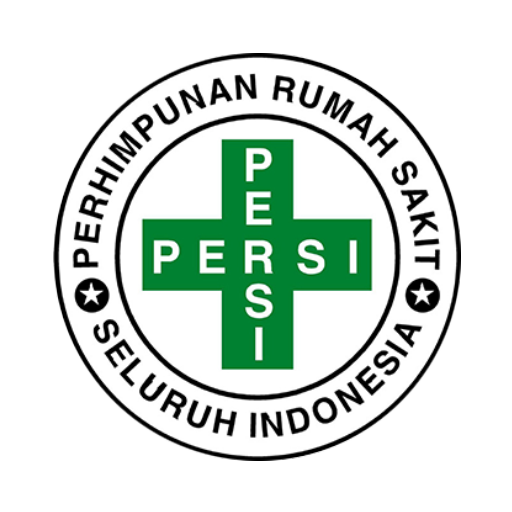Variasi Biaya Sectio Caesaria di Rumah Sakit Indonesia
Abstract
Keywords
Full Text:
PDFReferences
(1) Oelker, Ernie.”Cost of Production Records: The First Key to Marketing Manajement”. Ohio Dairy Industry Resources Center Vol.3 Issue 6
(2) Swart, Jacob. “Cost of Production for Grain Marketing”. Twitterfacebookgoogle +linkedinemail. Oktober 8, 2018
(3) Swart, Jacob. “Cost of Production for Definition”. Twitterfacebookgoogle +linkedinemail. Oktober 8, 2018
(4) Liu. S, Wang. J, et al. “Caesarean section rate and cost control effectiveness of case payment reform in the new cooperative medical scheme for delivery: evidence from Xi County, China”.BMC Pegnancy Childbirth.2018; 18:66
(5) Gilian. M, Brian. F. “User cost of Caesarian section : Case Study of Bunia, Democratic Republic Congo” https://doi.org/10.1002/hpm.2208. First published : 17 july 2013
(6) Haitham. W et.al “Cost-utility analysis of negatif presure wound therapy in high-risk caesarean section wounds” Jurnal of Surgical Research. Vol. 195. Issue 2, 15 May 2015, Pages 612-622
(7) Elliot. W, et.al “Variation in cost of 5 common operation in the United States”. Surgery Vol. 162, Issue 3, September 2017, Pages 592-604
(8) Golen, et.al “The Hidden Cost of a Free Caesarean Section Policy in West Africa (Kayes Region, Mali)” Maternal and Child Health Juornal. August 2015, Vol. 19, Issue 8, pp 1734-1743
(9) Shah. N, et.al “A Cost analysis of Hospitalization for Vaginal and Caesarean” Obstetrics & Gynecology : May 2015, Vol. 125, Issue >
(10) Mohan, D. Et.al “Impact of pharmacist interventions on rational prophylactic antibiotic use and cost saving in elective cesarean section” Nanjing Medical University, China
(11) Hartono Bambang “Manajemen Pemasaran untuk Rumah Sakit” Jakarta : PT. Rineka Cipta.
DOI: http://dx.doi.org/10.7454/arsi.v5i1.2878
Refbacks
- There are currently no refbacks.








